Why Are My Pepper Plants Not Growing Peppers? For me, Peppers are a trickier vegetable to grow than most. They are a member of the Solanaceae family which also contains Tomatoes, and originated in South America. Like Tomatoes, they are a frost tender plant, that requires warm conditions to thrive.
They generally grow in conditions similar to Tomatoes, but require a little more heat, so they are more difficult to germinate than Tomato plants. However, once they have germinated, it is common to experience poor yield.
The four main reasons that Pepper plants don’t produce viable fruit are;
- The temperatures are not warm enough to encourage the formation of flowers. (Night time temperatures below 15°C (86°F), can significantly affect the formation of flowers)
- The peak temperatures are too high, resulting in the flowers dropping off (sustained temperatures above 35°C 95°F).
- Lack of watering, which can induce stress on the plant.
- The appearance of blossom end rot, which appears as a blackening of the end of the fruit.
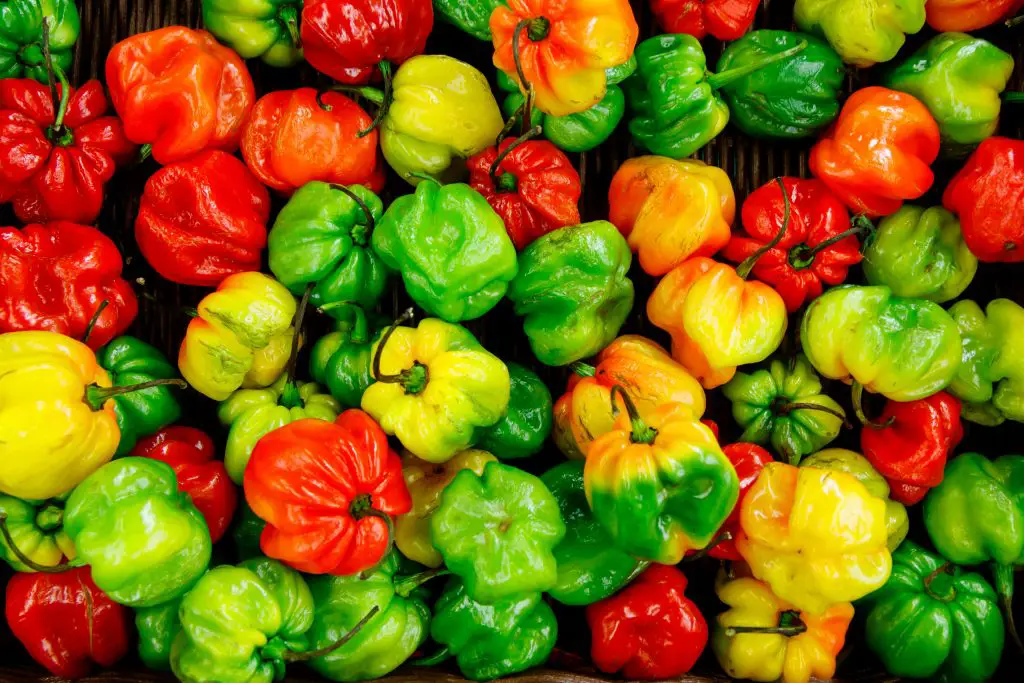
When Temperatures Are Too Low For Peppers
Peppers originated in a very warm climate and require a relatively high temperature to produce a decent yield. You may also not realise, that Peppers are actually a perennial plant, in its natural frost-free environment, however, many gardeners treat them as an annual, as a frost will often kill the plant. As a result of this, Pepper plants are most suited to USDA zones 9 to 11.
Peppers thrive in daytime temperatures, between 21 to 30°C (70 to 86°F) and night time temperatures between 15 to 21°C (60 to 70°F). Cooler temperatures than these can retard flower formation and therefore fruiting.
To produce a reasonable crop requires a relatively long growing season, with the plant being exposed to at least 6 hours of full sun. To maximise the length of the growing season, it is best to start the seedlings as early as possible, undercover. Peppers require at least 15°C (59°F) to germinate, so in cooler locations, additional heat may be required to ensure germination. If you are in a region where you battle to germinate plants you may want to consider a heated propagation tray, as they are not too expensive on Amazon.
The Pepper seedlings tend to take a little longer than other vegetables to develop, usually requiring 6 to 8 weeks in modular trays before they can be planted. When planting them out, it is best to wait until the soil is warm and any chance of frost has passed. A spacing of about 40cm (16 inches between plants, is recommended).
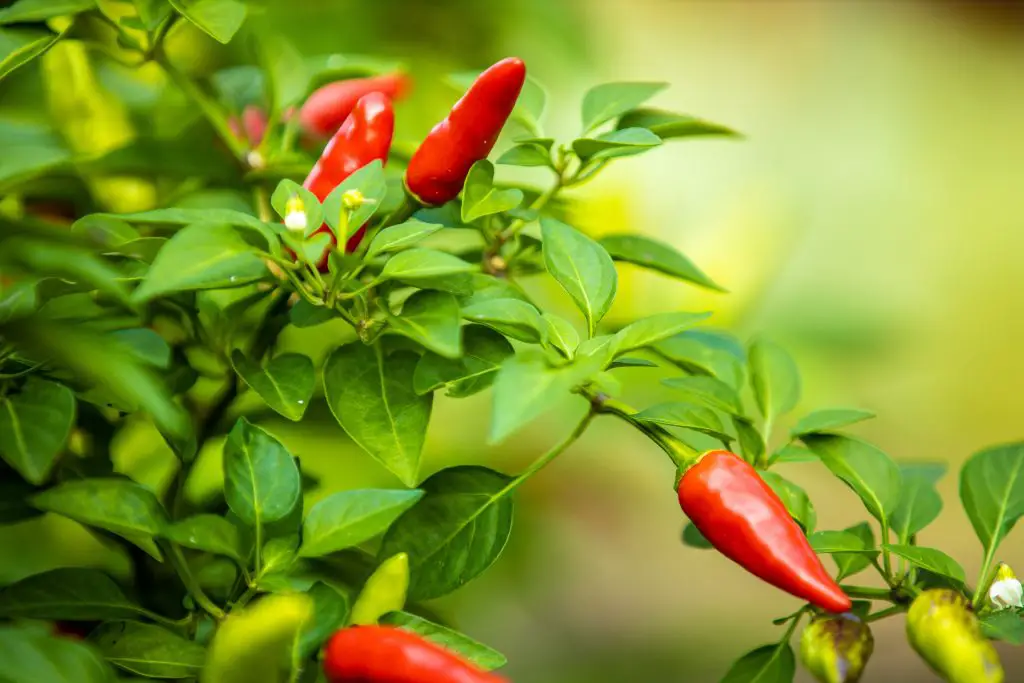
If you live in a cooler climate, it is a good idea to use Cloches on individual plants, Row Covers or grow the plants in a cold frame. This will help to increase the temperature within the Cloche or cold frame by up to 10°C, which will encourage greater formation of fruit. There are several different types of Cloches, Row Covers or Cold Frames available on Amazon, of these items I personally think Row Covers are the best value for money.
When Temperatures Are Too High For Peppers
Pepper plants can experience blossom drop when the temperatures get very hot, for a few days, greater the 35°C (95°). This is particularly the case if the Peppers are exposed to the hot afternoon sun, as the actual temperature in direct sunlight, is likely to be around 50°C (122°F).
If you live in area that is prone to heat waves, it is best to place plants in an area that avoids the hot afternoon sun, or alternatively, shade the plants on hot days. Shading the plant can be done, either erecting a shade cloth directly above the plants. This is generally required for those absolute stinker days, when it is 35°C (95°) by 10.30 in the morning.
The other way to shade the plant from the afternoon sun, which is simpler and less time consuming, is to stake shade cloth up on its side (in a similar way to erecting a trellis), on the western side of the plant. This method will allow the Peppers to get the morning sunlight, before being partially shaded in the afternoon by the shade cloth.
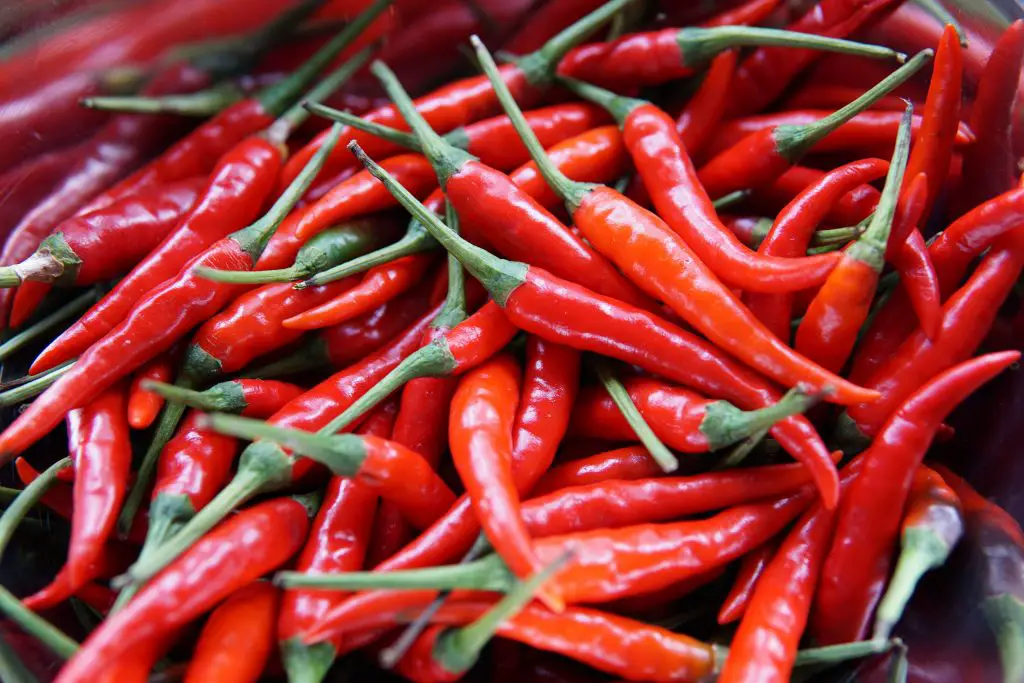
The shade cloth can be erected at the start of Summer, and left until the extreme heat passes, provided that you live in a region with hot Summers. However, on those absolutely extreme days, overhead protection may still be required.
What Cause Blossom End Rot In Peppers
Another common issue that can effect the quality of fruit produced is Blosson End Rot, which causes discolouration of the bottom tip of the fruit. This problem is also seen in Zucchinis and Tomatoes as well, and is caused by a Calcium deficiency within the plant.
A Calcium deficiency within the plant is most commonly caused by a lack of moisture in the soil, which prevents the plant from taking up Calcium. The plants take Calcium up readily when it is solubilised in water, reducing moisture limits the plants’ access to Calcium significantly. Generally, the addition of Calcium supplements does not help, as there is usually sufficient Calcium present in the soil. So simply water more often.
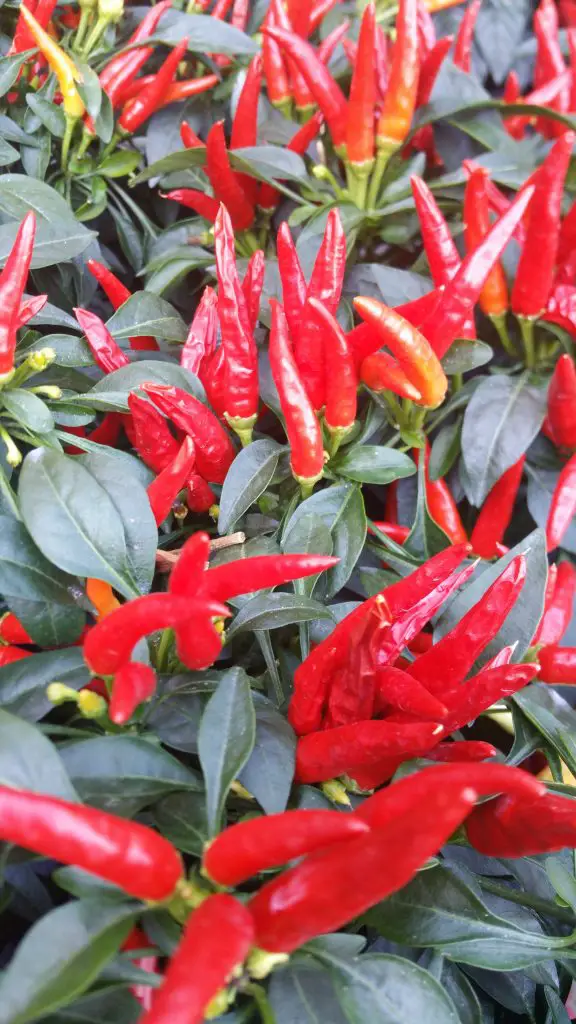
The other factor that may play a role, to a much lesser degree, is the pH of the soil. Calcium is generally more soluble in water at an Acidic pH, to test the pH soil you can buy a pH test kit online at Amazon or to learn about how to test the pH using household chemicals by going to https://planyourpatch.com/why-is-ph-important-in-soil/.
How to Encourage The Formation Of Additional Flowers And Fruit
To encourage the formation of flowers and fruit, Pepper plants require Phosphorus and Potassium. Plants exposed to too much Nitrogen tend to produce lush green foliage, at the expense of fruit. To increase the level of Phosphorus and Potassium in the soil, use a Tomato specific fertiliser. Some books also recommend spraying the plant with a solution of Epsom salts (1 teaspoon of Epsom salts dissolved into one litre (quart) of water). This is said to boost Magnesium levels, which facilitates blooming.
If you have plenty of flowers and not many fruits, this may be due to inadequate pollination of the flowers. The main reason this occurs, is the number of pollinators present is low, or they are inactive (this can occur in rainy weather or extreme heat). The rate of pollination can also be affected if you are using Cloches or a Cold Frame, which will limit the access of pollinators. In these circumstances, hand pollination may be required.
How To Hand Pollinate Peppers
The easiest way to hand pollinate Peppers, is by using a fine paint brush. The paint brush is an effective tool for transferring Pollen within the flower. An example of the type of brushes which are ideal for this job, are shown in the picture below.
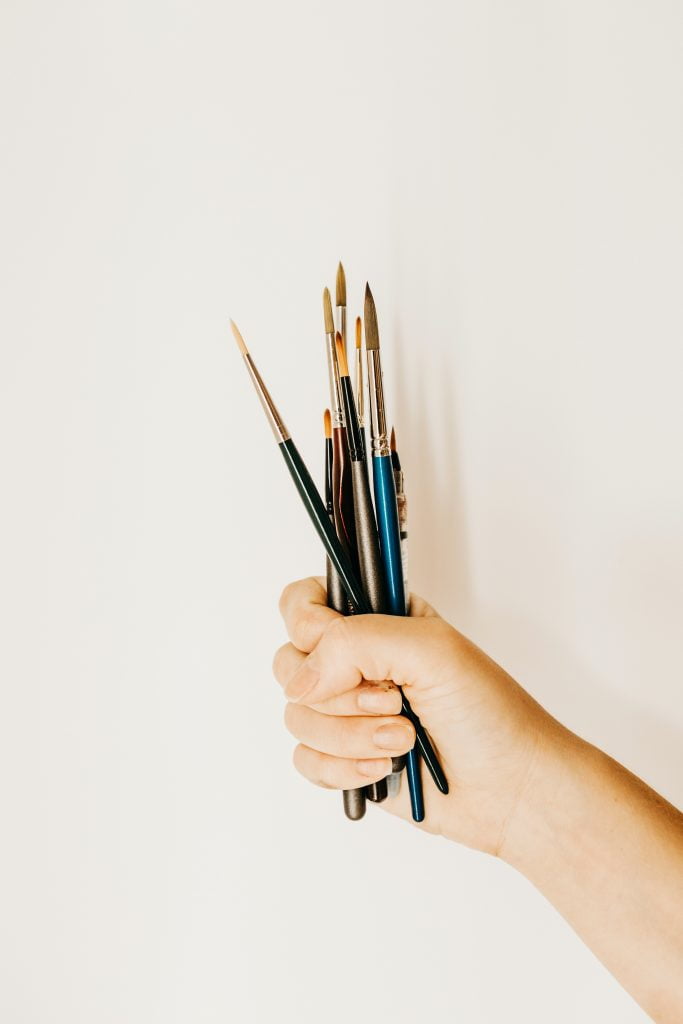
Steps To Hand Pollinate Peppers
- To pollinate, gently push the brush into the center of the flower, rotating it a few times.
- Move on to the next flower, repeating the process. Ensure that you use the brush to hand pollinate only the one variety of Pepper. Using the same brush on different Pepper varieties will cause hybridisation of the plant, which may result in you getting some unexpected results. ie Fruit that is different to the type planted.
Alternatives To Hand Pollination
Hand pollination can be a time consuming process if you have lots of plants. If you don’t feel like moving around the garden with a paint brush, the alternative is to use a “Blossom Set” spray to pollinate your Peppers which is available through Amazon. This spray provides Kinetin, a plant hormone, which causes flowers on the Pepper to produce fruit, without pollination. It is best to apply it once a week, to the flowers and surrounding foliage, when flowers appear.
Related Articles
What Are The Different Types Of Hot Peppers?
Why Are My Pepper Plants Not Growing Peppers?
How Many Jalapenos Do The Best Pepper Varieties Produce?
Pepper vs Black Peppercorn: What Is The Difference?
Capsicum vs Bell Pepper: Are They The Same Thing?
Are Dried Peppers Hotter Than Fresh Ones?
